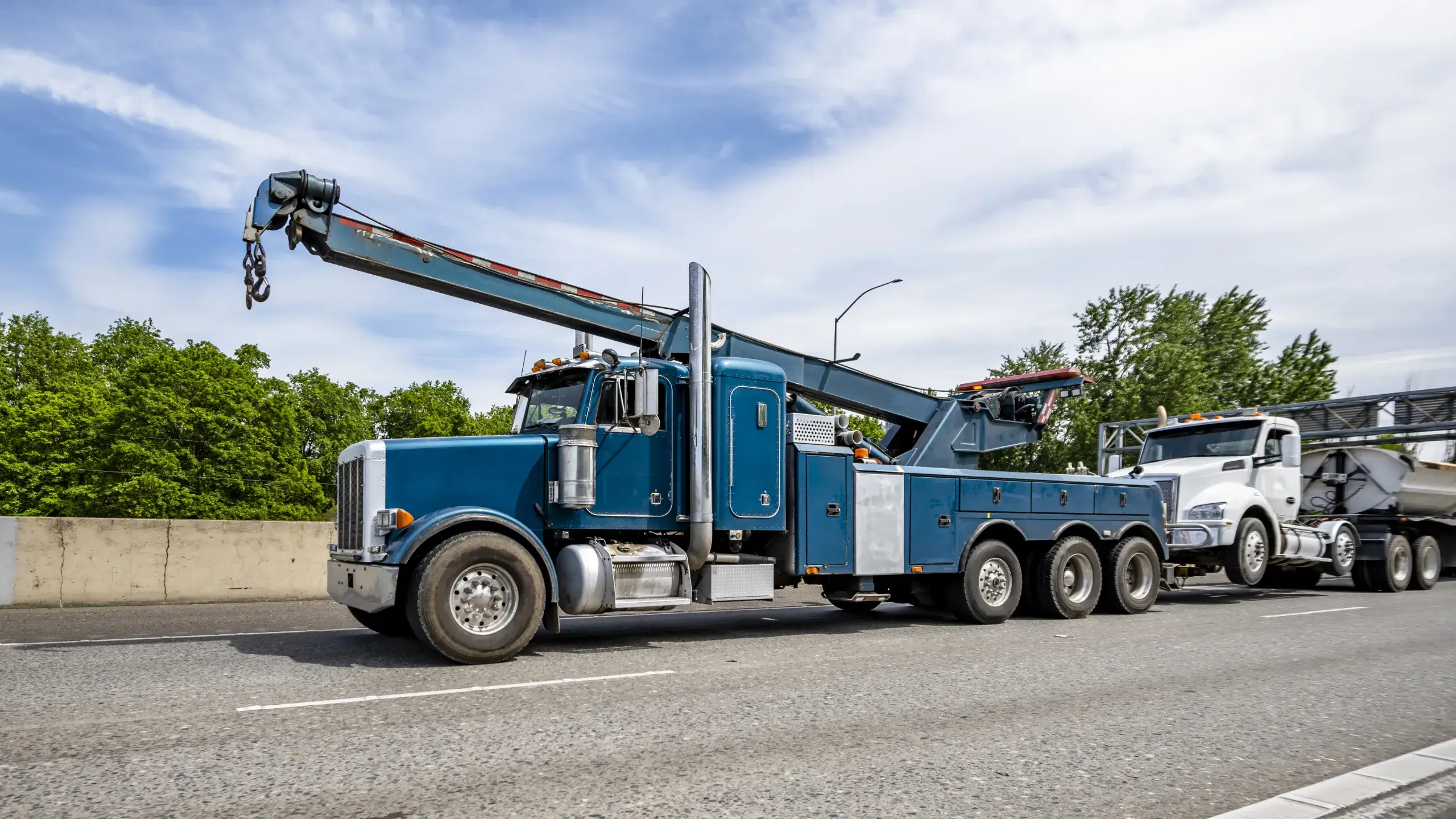What is the Difference between Aggressive Driving and Road Rage?

What is the difference between road rage and defensive driving?
According to the National Highway Transportation Safety Administration the difference between aggressive driving and road rage is this:
“Aggressive driving is when an individual commits a combination of moving traffic offenses that endangers other persons or property.” It includes speeding, lane blocking, tailgating, frequent and sudden lane changes, honking at other cars in a non- emergency, and failing to yield the right of way. These are ticketable offenses and according to a study conducted by the National Safety Council, aggressive driving is a factor in 50 percent of all crashes.
Road rage, on the other hand, is a criminal offense. You can go to jail for it. It is when a person commits an act of violence against another road user. This includes using your car as a weapon, dueling another vehicle in a reckless chase, retaliating against a driver that cut you off by nudging their bumper or getting out of your vehicle and brandishing a weapon with the intent to injure the other driver.
Rarely is road rage triggered by a single incident. Rather, it is usually the “last straw” in a long series of stressors, such as financial problems, a recent argument with your spouse or even work-related issues. A stressed person may begin driving aggressively but escalate to road rage when triggered by the actions of another driver.
To help prevent these unsafe driving behaviors, start by preparing better for your trips. Get plenty of rest and eat before you leave. Also, go to the bathroom ahead of time and plan for bad weather and traffic congestion. Leave yourself plenty of time to get where you’re going.
If stress is building while you drive, find a safe place to pull over and refocus. Relaxing music and taking deep breaths may calm you. Likewise, if you are the target of another driver with road rage, avoid eye contact and retaliating with obscene gestures. Let them pass and be done with them or call the police if the threat persists.
© Great West Casualty Company 2022. The material in this publication is the property of Great West Casualty Company unless otherwise noted and may not be reproduced without its written consent by any person other than a current insured of Great West Casualty Company for business purposes. Insured should attribute use as follows: “© Great West Casualty Company 2022. Used with permission by Great West Casualty Company.”
This material is intended to be a broad overview of the subject matter and is provided for informational purposes only. Great West Casualty Company does not provide legal advice to its insureds, nor does it advise insureds on employment-related issues. Therefore, the subject matter is not intended to serve as legal or employment advice for any issue(s) that may arise in the operations of its insureds. Legal advice should always be sought from the insured’s legal counsel. Great West Casualty Company shall have neither liability nor responsibility to any person or entity with respect to any loss, action, or inaction alleged to be caused directly or indirectly as a result of the information contained herein.




